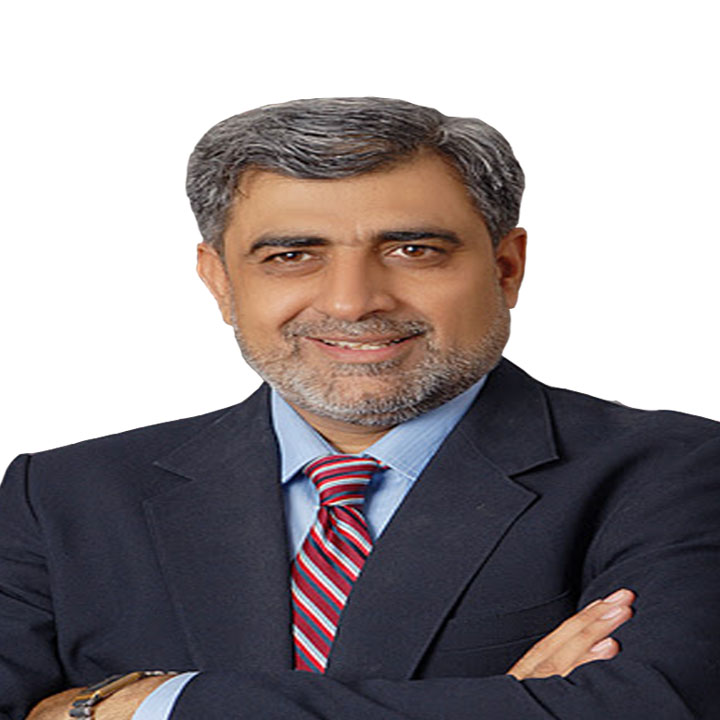Recently Pakistan’s information minister’s claim that the helicopter ride of PM Imran Khan costs Rs50/km became viral on social media and caused a lot of posts debunking and defending with humor and exaggeration. There were also claims that the cost is Rs 30/km and not Rs 50/km and led to cynics doing all sorts of projections on the basis of these costs leading to outrageous conclusions leading to start of public transport service, parcel service and food service. Here is a technical analysis of this helicopter cost debate requires cost accounting, financial management and strategic management concepts as well as some common sense.
 There are three components of unit cost (Rs/km). Direct Costs, Indirect costs and overhead costs. Direct costs include material costs and labor costs. Direct materials include all goes into running a helicopter. In this case it is fuel. The information minister just googled and got the running fuel cost. Which in Pakistani rupees may come to Rs 50. It is not clear that which helicopter make he googled. The fuel costs vary from model to model, from make to make, and also varies with age and state of maintenance of the aircraft. The cost was picked up from most probably a selling brochure and indicated the cost of brand new helicopter of a make that may be of use for pleasure use. The helicopter used by heads of government are typically military grade and fitted with all sorts of security devices and may be heavier and not as fuel efficient. This will also include all the spare parts that directly go into the helicopter.
There are three components of unit cost (Rs/km). Direct Costs, Indirect costs and overhead costs. Direct costs include material costs and labor costs. Direct materials include all goes into running a helicopter. In this case it is fuel. The information minister just googled and got the running fuel cost. Which in Pakistani rupees may come to Rs 50. It is not clear that which helicopter make he googled. The fuel costs vary from model to model, from make to make, and also varies with age and state of maintenance of the aircraft. The cost was picked up from most probably a selling brochure and indicated the cost of brand new helicopter of a make that may be of use for pleasure use. The helicopter used by heads of government are typically military grade and fitted with all sorts of security devices and may be heavier and not as fuel efficient. This will also include all the spare parts that directly go into the helicopter.

First, cost accounting:
 There are three components of unit cost (Rs/km). Direct Costs, Indirect costs and overhead costs. Direct costs include material costs and labor costs. Direct materials include all goes into running a helicopter. In this case it is fuel. The information minister just googled and got the running fuel cost. Which in Pakistani rupees may come to Rs 50. It is not clear that which helicopter make he googled. The fuel costs vary from model to model, from make to make, and also varies with age and state of maintenance of the aircraft. The cost was picked up from most probably a selling brochure and indicated the cost of brand new helicopter of a make that may be of use for pleasure use. The helicopter used by heads of government are typically military grade and fitted with all sorts of security devices and may be heavier and not as fuel efficient. This will also include all the spare parts that directly go into the helicopter.
There are three components of unit cost (Rs/km). Direct Costs, Indirect costs and overhead costs. Direct costs include material costs and labor costs. Direct materials include all goes into running a helicopter. In this case it is fuel. The information minister just googled and got the running fuel cost. Which in Pakistani rupees may come to Rs 50. It is not clear that which helicopter make he googled. The fuel costs vary from model to model, from make to make, and also varies with age and state of maintenance of the aircraft. The cost was picked up from most probably a selling brochure and indicated the cost of brand new helicopter of a make that may be of use for pleasure use. The helicopter used by heads of government are typically military grade and fitted with all sorts of security devices and may be heavier and not as fuel efficient. This will also include all the spare parts that directly go into the helicopter.
Direct costs also include direct labor. This will include costs of all people involved in flying, taking off, landing of the aircraft. People entrusted to monitor the flight of the helicopter, ensuring safety and security, communications and coordination.
Indirect costs are those that could be traced to the helicopter but may be distributed over large number of different air crafts. This will include Air Traffic Controllers, maintenance crew, training of pilot, spare parts inventory carrying costs, insurance costs, spare parts and guiding the aircraft to the destination. Yearly, monthly, daily inspections costs. All those tasked with maintaining the log books and other ancillary tasks traced directly to helicopter. Office costs directly dealing with the helicopter.
Then comes the overhead costs. These are the costs that can not be traced directly to the helicopter. These are the costs of building, heating, cooling, accommodation of the flying crew, substitutes, accounting, approvals, ministerial files and paper work, coordination network, communication bills, utilities, and so on.
;
;
;
Second, Buy was Rent
Three, Strategic Managment







Leave a Reply